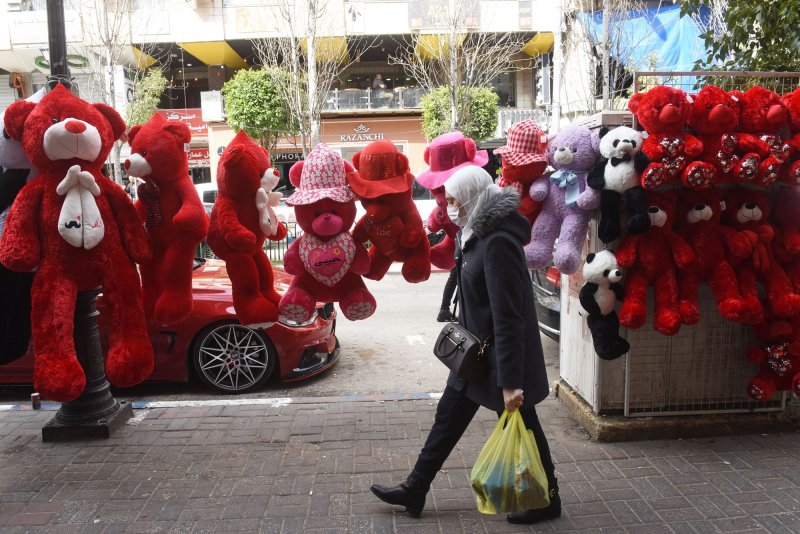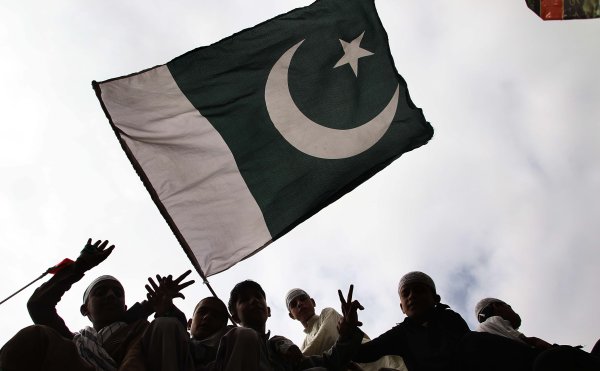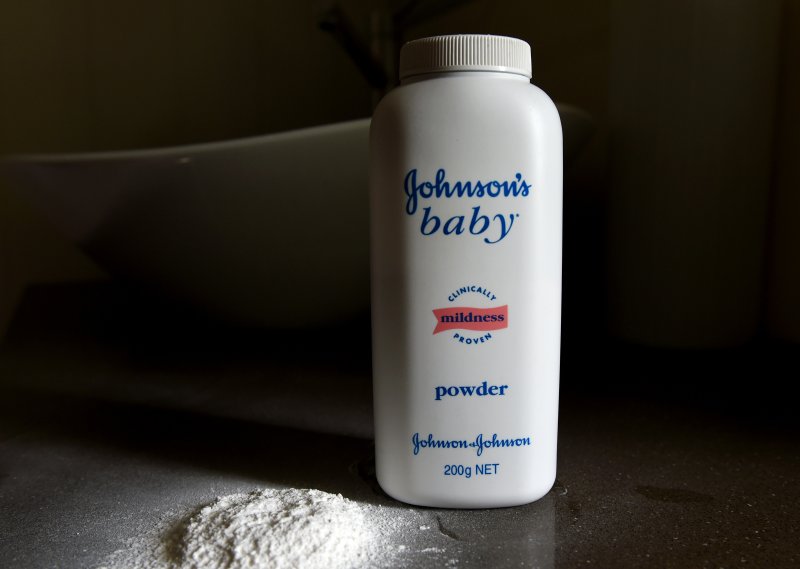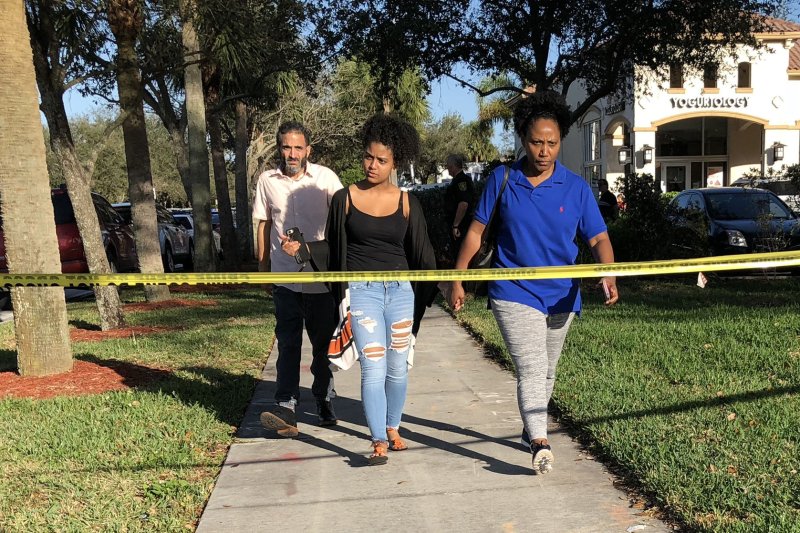By DEE-ANN DURBIN

1 of 4
After decades of decline, U.S. unions have a new reason for hope: younger workers.
Workers in their 20s __ and even in their teens __ are leading ongoing efforts to unionize companies large and small, from Starbucks and REI to local cannabis dispensaries. The Alphabet Workers Union, formed last year and now representing 800 Google employees, is run by five people who are under 35.
Multiple polls show union approval is high __ and growing __ among the youngest workers. And U.S. union membership levels are even ticking upward for workers between 25 and 34, even as they decline among other age groups.
Between 2019 and 2021, the overall percentage of U.S. union members stayed flat. But the percentage of workers ages 25-34 who are union members rose from 8.8% to 9.4%, or around 68,000 workers, according to the federal Bureau of Labor Statistics.
Young workers say they see unions as the best way to combat wage inequality and poor working conditions. For some, personal heroes like Vermont Sen. Bernie Sanders __ a vocal labor advocate __ have piqued their interest in unions. Others say the coronavirus pandemic caused them to rethink what they deserve from their jobs.
“Whatever this is isn’t working,” said Adriana Alvarez, 29, a McDonald’s employee in Chicago. “We obviously need change.”
When a union organizer first approached Alvarez in 2014, she was skeptical of his goal to raise her pay to $15 per hour. At the time, she was making $8.50 per hour and hadn’t gotten a raise in three years.
But she got involved with the Fight for $15 labor group, organizing protests and learning about her rights. McDonald’s workers still aren’t unionized, but she says her managers are more respectful and have stopped illegal practices, like making workers reimburse the restaurant if they accidentally accept counterfeit money. She now makes $16.70 per hour.
Like many of her peers, Alvarez didn’t grow up in a union household. U.S. union membership peaked in 1954, when 35% of workers belonged to unions. By last year, that had fallen to 10.3%.
Some of that decline is due to shrinking numbers in sectors with high unionization rates, like the auto industry. But states and courts have also steadily chipped away at unions’ power.
Twenty-seven states now have “right-to-work” laws, which prohibit a company and a union from signing a contract that requires workers to pay dues to the union that represents them. And last year, the U.S. Supreme Court struck down a 1975 California regulation that had allowed union organizers to meet with agricultural workers on company property.
Against that backdrop, unions last year saw some of their biggest increases among young workers in utilities, the motion picture industry and the federal government, said Hayley Brown, a research associate with the Center for Economic and Policy Research, a nonpartisan think tank.
Brown said there are signs those numbers will continue to rise this year under the labor-friendly Biden administration, which issued proposals this month aimed at increasing unionization rates for federal workers and contractors. In January, there were 170 petitions filed for union elections with the National Labor Relations Board; that was more than double the 83 filed in January 2021.
After two Starbucks stores in Buffalo, New York, voted to unionize late last year, workers at more than 70 Starbucks stores in 21 states petitioned the NLRB to hold their own union elections, according to Workers United, the union organizing the effort.
College student and part-time Starbucks worker Joseph Thompson __ who uses they/them pronouns __ is trying to unionize their store in Santa Cruz, California. Thompson, 18, had never heard of “collective bargaining” until a few months ago, but was inspired by colleagues in Buffalo and progressive politicians like Sanders. Thompson says their store is often understaffed despite security problems.
Derrick Pointer, an electrical lineman in Talladega, Alabama, wasn’t convinced he should join the International Brotherhood of Electrical Workers when he started working for Halliburton Co. in 2015. At a previous job in food service, his union reps weren’t responsive, he said.
But he joined to take advantage of the union’s training. Pointer now makes $42.30 per hour and has generous benefits, including COVID sick leave. The $60 he pays in union dues each month is well worth it, Pointer said.
Sheree Allen was hoping for benefits like that when she joined the food service company Chartwells last August. Chartwells says it offers health care, paid time off and a 401 (k) plan to its workers, but Allen says she has never been given information about those benefits despite asking her superiors. When she tested positive for COVID in January, she had to stay home without pay.
Allen, who lives in Durham, North Carolina, started attending Fight for $15 meetings with her sister. Now she’s trying to convince her co-workers to organize.
“You have rights, you have a say-so, you don’t have to put up with whatever your manager says to you,” Allen said.
For younger workers, unions no longer have the communist associations that tarred them 40 years ago, said Anibel Ferus-Comelo, who directs the labor studies department at the University of California, Berkeley. Young people lived through the great recession of 2009 and the pandemic, and economic insecurity is a very real fear, she said.
Many young people are also discovering what veterans already know: Forming a union can be difficult. Even when workers vote to unionize, it can take years for companies and unions to hammer out a contract.
“One of one of our organizers always says, ‘It’s not a sprint. It’s a marathon.’ It takes a lot of time and a lot of energy,” said Sylvia Soukup, 19, who helped win a union election at Half Price Books in Roseville, Minnesota, in December.
Soukup said workers at her location and three others haven’t yet heard when contract negotiations will begin. Still, she’s hopeful a contract will ensure better staffing and livable wages. Booksellers’ pay is currently capped at $14 an hour, she said.
“I feel like all of the frustration, all of the energy that I’ve used, all of the anger and the hurt... were absolutely worth it,” Soukup said. “I know that we’re taking steps that are needed for our voices to be heard.”























